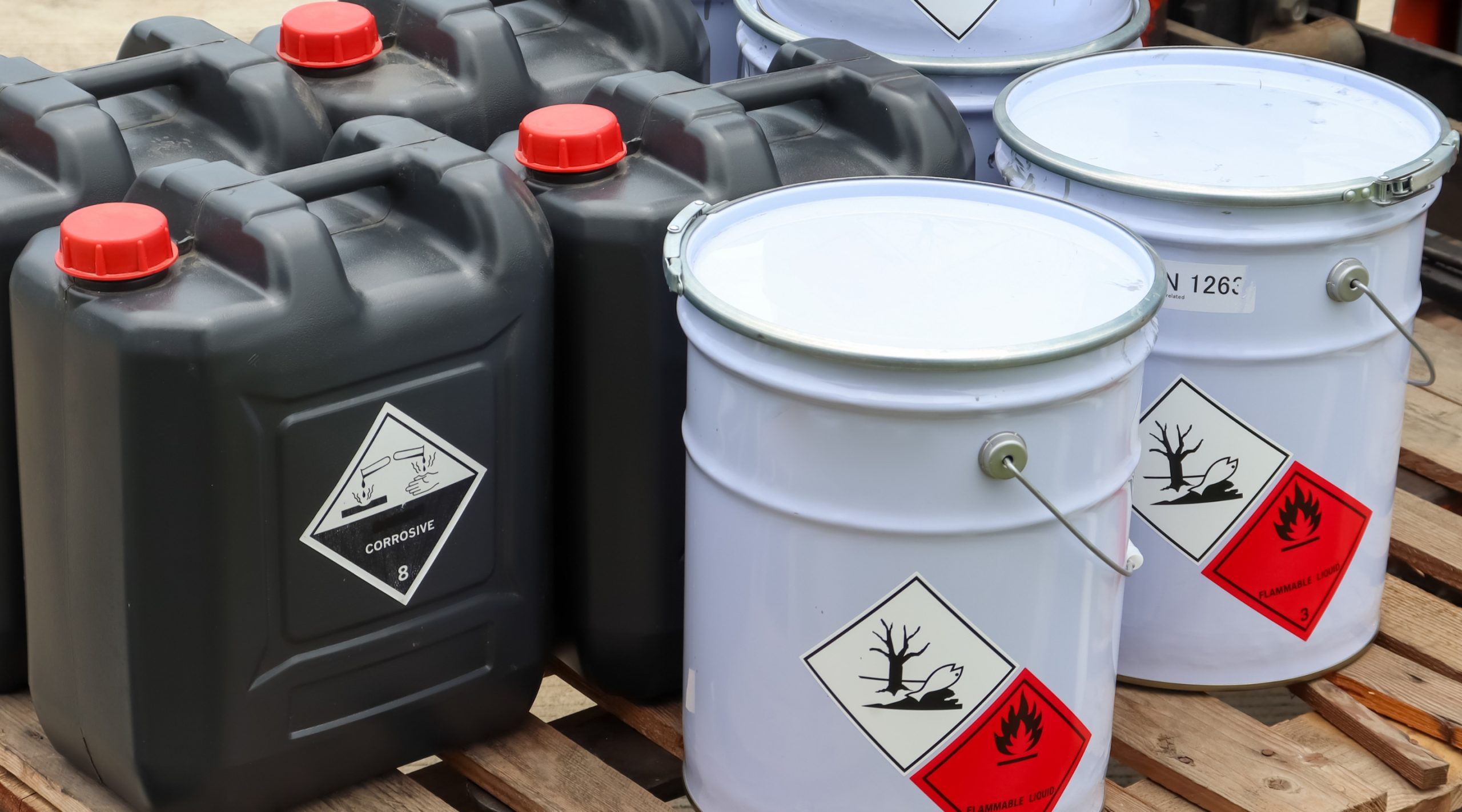
Fire Safety for Retail Stores: What Business Owners Need to Know
Introduction
Fire safety is a fundamental responsibility for retail business owners. A well-implemented fire prevention strategy not only ensures compliance with legal regulations but also protects employees, customers, and valuable assets. Understanding fire risks and adopting effective safety measures can minimize potential hazards and enhance workplace security.
Understanding Fire Risks in Retail Stores
Retail stores contain various elements that can contribute to fire hazards, including electrical equipment, flammable merchandise, and high foot traffic. Common causes of fires in retail establishments include:
Electrical Malfunctions: Faulty wiring, overloaded circuits, and outdated electrical systems can spark fires.
Flammable Materials: Clothing, paper products, and packaging materials can easily catch fire if exposed to ignition sources.
Heating and Cooking Equipment: Stores with in-house cafeterias or breakrooms must maintain heating appliances properly.
Human Error: Negligence, improper storage of combustibles, and failure to follow safety protocols can lead to fire incidents.
Fire Safety Regulations and Compliance
Retail store owners must comply with fire safety laws to avoid penalties and ensure the well-being of their establishments. Key compliance requirements include:
Fire Risk Assessment: Regularly evaluate fire hazards and implement necessary safety measures.
Fire Extinguishers: Equip the store with appropriate fire extinguishers and ensure they are accessible and maintained.
Emergency Exits and Signage: Clearly mark and keep emergency exits unobstructed.
Smoke and Fire Alarms: Install and regularly test alarm systems to ensure they function properly.
Sprinkler Systems: If required, ensure that fire suppression systems are in place and operational.
Fire Prevention Strategies for Retail Stores
Taking proactive steps to prevent fires can significantly reduce risks. Consider implementing the following strategies:
1. Maintain Electrical Systems
Schedule routine inspections and maintenance of electrical wiring, outlets, and appliances to prevent malfunctions that could lead to fires.
2. Store Flammable Materials Properly
Keep combustible materials away from heat sources and ensure proper ventilation in storage areas.
3. Train Employees on Fire Safety
Conduct regular fire safety training to educate employees on fire hazards, emergency procedures, and extinguisher use.
4. Develop an Emergency Evacuation Plan
Create a clear evacuation plan and conduct fire drills to ensure that employees and customers can exit safely in case of an emergency.
5. Keep Aisles and Exits Clear
Avoid blocking emergency exits and keep aisles unobstructed to facilitate quick evacuations.
Fire Response and Emergency Procedures
Despite the best preventive measures, emergencies can still occur. Establishing a fire response plan ensures quick and effective action during an incident:
Immediate Alert: If a fire breaks out, activate the fire alarm and notify emergency services.
Evacuation Procedures: Guide employees and customers to designated exits promptly.
Use of Fire Extinguishers: Train employees on when and how to use fire extinguishers to control small fires safely.
Assembly Point & Headcount: Ensure all employees and customers gather at a safe assembly point, and account for everyone.
Conclusion
Fire safety measures play a crucial role in safeguarding retail businesses. By identifying risks, adhering to regulations, and implementing preventative measures, store owners can create a secure environment for employees and customers. Prioritizing fire safety not only ensures compliance but also fosters trust and confidence in the business’s commitment to safety.






